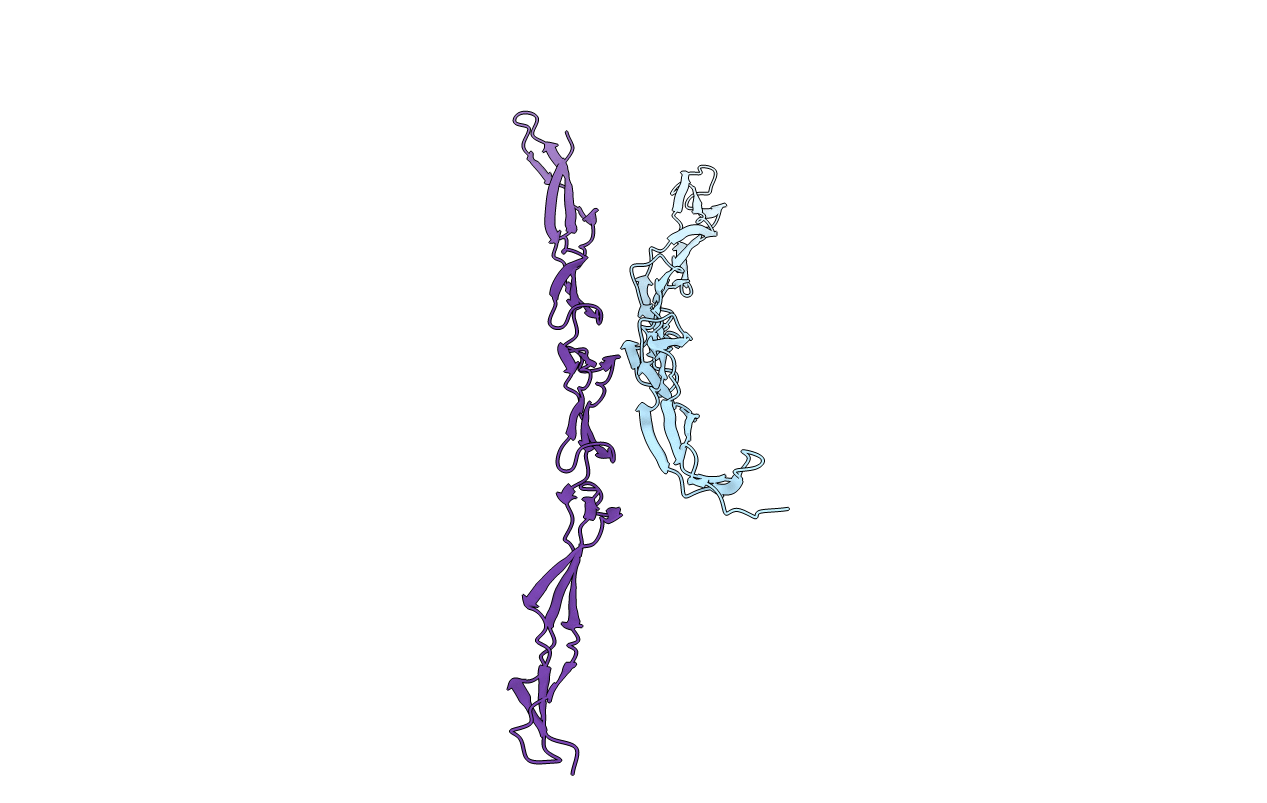
Deposition Date
2014-11-05
Release Date
2015-06-03
Last Version Date
2024-01-10
Entry Detail
PDB ID:
4WVE
Keywords:
Title:
Crystal structure of the Staphylococcus aureus SasG G52-E2-G53 module
Biological Source:
Source Organism:
Staphylococcus aureus (Taxon ID: 93061)
Host Organism:
Method Details:
Experimental Method:
Resolution:
1.60 Å
R-Value Free:
0.24
R-Value Work:
0.20
R-Value Observed:
0.20
Space Group:
P 1


